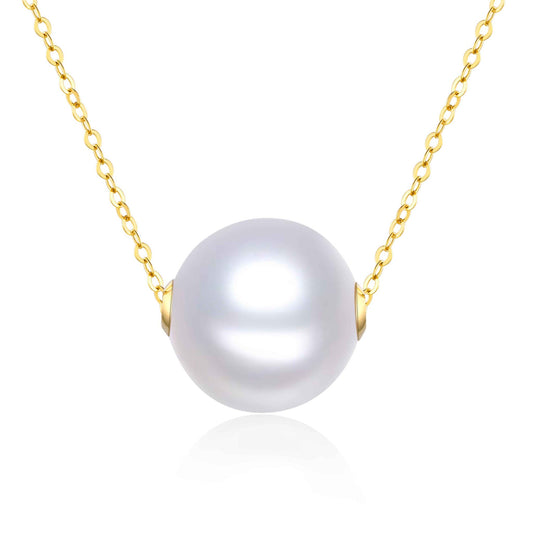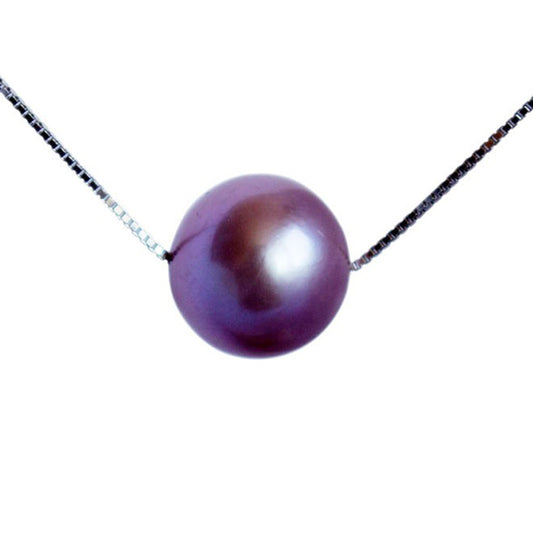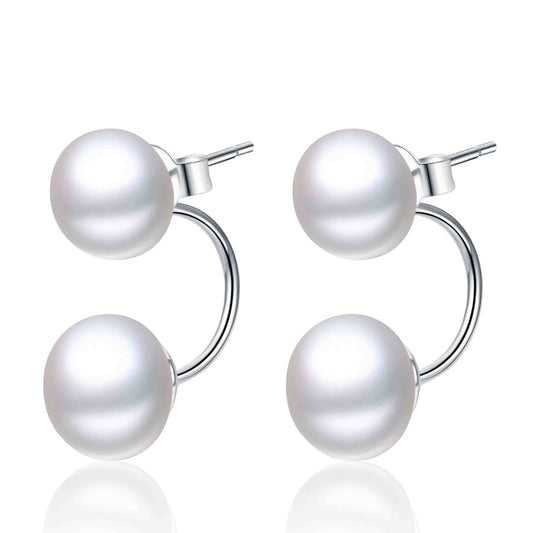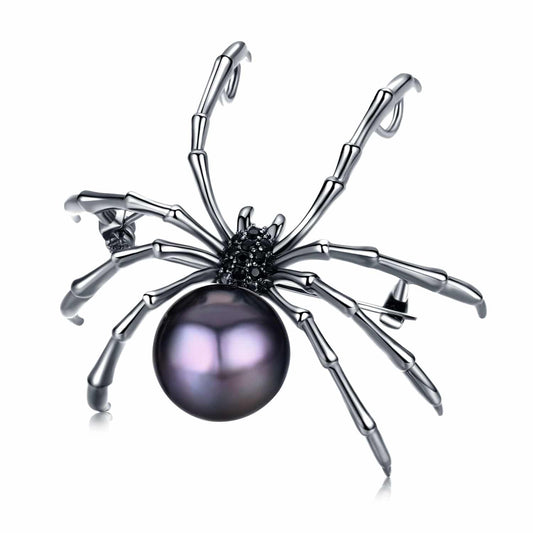No-one really knows when pearls were first discovered. It’s possible that fishermen or people searching for food at the coast stumbled upon them by accident. Regardless, pearls have been highly prized for millennia – there’s a good reason why it is called the ‘Queen of gems’.
In this 3-part series, we’re highlighting some interesting gems in the history of natural pearls, their near extinction, the advent of cultured pearls which saved mollusks from dying out completely and making it affordable for everyday wear, as well as the influence pearls have had on culture.
The Far East
Many believe that pearls were first discovered in Persia, after which it was introduced to the Egyptians and Romans. But Chinese records mention them earlier than Roman and Egyptian scripts, so it’s not completely clear who was the first to find and appreciate these beautiful gems.
Natural Chinese pearls were mostly found in freshwater, like rivers and lakes. In Japan, natural pearls were found in saltwater.
One of our favorite stories is that of the Japanese Ama divers – a practice that is between 2,000 and 3,000 years old. The Ama consisted mostly of female divers wearing nothing but a loincloth and a bandana to cover her hair. Since female bodies generally have a higher fat index compared to men, they were able to withstand the cold water better than men. They have since upgraded to using neoprene diving suits and scuba masks, but they are still free divers – diving without air tanks. These divers start their training at a very young age and keep on diving well into old age, and could hold their breath for about two minutes. The Ama practice started with gathering food, like seaweed and shellfish, but later changed to pearl diving. With modern technology and more job opportunities available to these women, the Ama practice is starting to die out.
Oriental Pearls
It is said that the first pearls were found in the Persian Gulf. Together with pearls from the Strait of Mannar and the Red Sea, these pearls were called ‘oriental pearls’. The Persians prized their pearls, and during the conquests of Egypt in 525 BC, they exposed the Egyptians to the exquisite gems.
Later, when Alexander the Great conquered the Persians, pearls were spread to Greece, after which it spread to Rome. When the Romans invaded Europe and Africa, they spread these prized gems further.
This appreciation for pearls turned into lust over time, which lead to overfishing, wiping out most of the oyster beds in the Persian Gulf.
Europe and the New World
During the third voyage to the New World in 1494, Christopher Columbus discovered that they, too, had pearls. Pearl beds were discovered in the waters of Central and South America, specifically in the Gulf of California (Sea of Cortez) and the Pacific coast of Panama.
Since pearls were very popular with the royal courts of Europe, they went to work to extract as many pearls as they could. The Spanish trained men (mostly slaves) to harvest pearls from oysters by diving and holding their breath underwater for a long time. This is also how La Peregrina, the famous pearl the size of a quail egg, was found in the Gulf of Panama.
Further inland, pearls were found in the Mississippi River. In the 1800s, this area has seen a pearl rush comparable to the gold rushes of the time. In 1889 a button factory was opened which made buttons from mussel shells, and in 1922 this operation was one of the largest freshwater mussel fisheries in the country. Due to overfishing, oysters in the Mississippi River were almost wiped out – natural pearls are rarely found in the USA anymore.
French Polynesia
The French arrived in the Polynesian Islands during the 1600s, and as the Spanish, began harvesting all the mollusks they could find. Not only were the pearls popular, but the shells were prized for their iridescence and used to make buttons.
Again, history repeated itself, and Polynesian oysters were nearly harvested to extinction. Around 1880, a limit was placed on harvesting and they made efforts to nurse the remaining wild stock back to health.
South Sea
The British followed in the footsteps of their Spanish and French neighbors – sending fleets of ships to Australia. But it’s not that easy to get to Australia’s rich oyster beds, and this was only possible when compressed air diving was invented. In the mid-nineteenth century, divers were able to get to the pearl riches off the coast in north-western Australia.
South Sea Pearls are regarded as some of the finest in the world for their size and luster. Not only did the Brits love the pearls, but they made buttons and mother of pearl inlay designs with the shells. Again, these mollusks were over-harvested and nearly became extinct.
Overfishing and the Introduction of Cultured Pearls
Thousands of oysters need to be opened to find a handful of pearls. Additionally, only about one in a thousand natural pearls are spherical, white, lustrous, and unblemished – not a great statistic for a little mollusk trying to survive the greed of people who would stop at nothing to adorn themselves with beautiful gems.
Luckily, some smart people were on a quest to find an alternative solution – one to replace the insanity of opening thousands of wild oysters for a few pearls, to a more sustainable solution. The first cultured pearls were produced in 1893 by Kokichi Mikimoto and although the first pearls were of extremely low quality, this was a tremendous breakthrough for the pearl industry, which we’ll delve into in part 2 of this series.
Check out our shop to appreciate how far the pearl industry has come. With an abundance of unique, beautiful designs you’re bound to find something fitting for your style.




